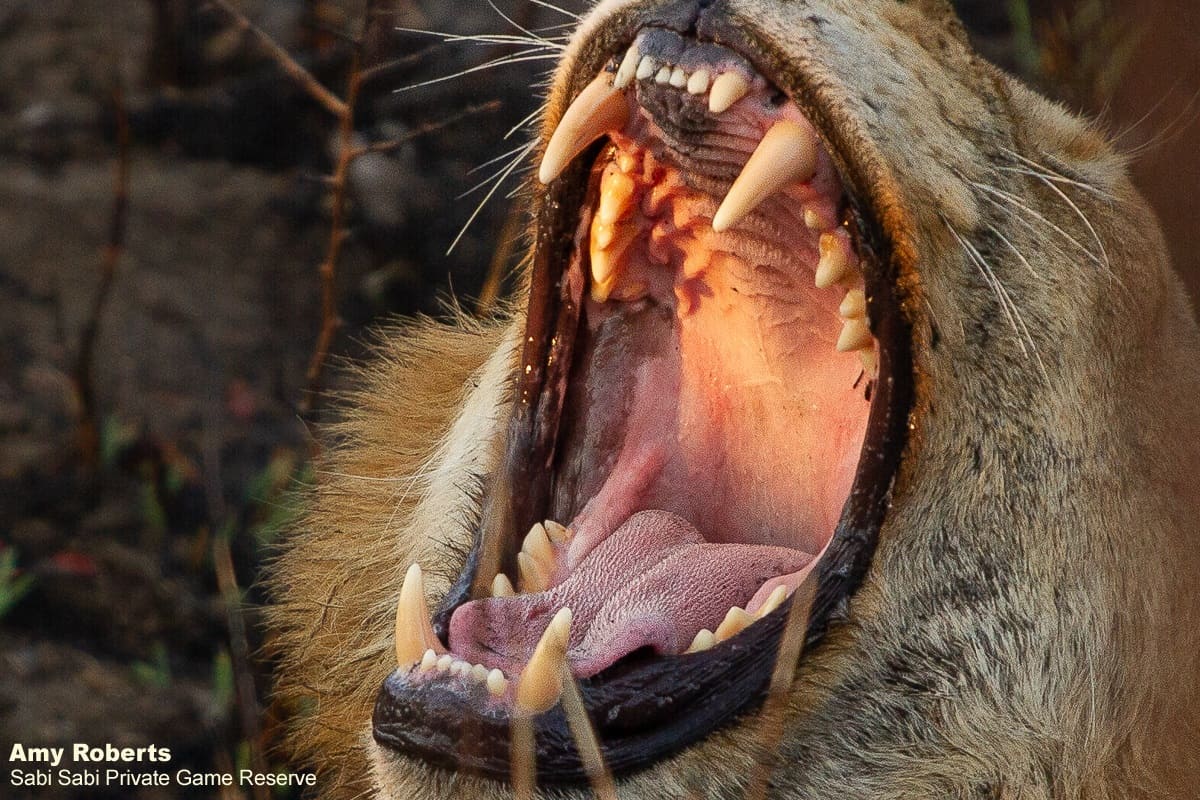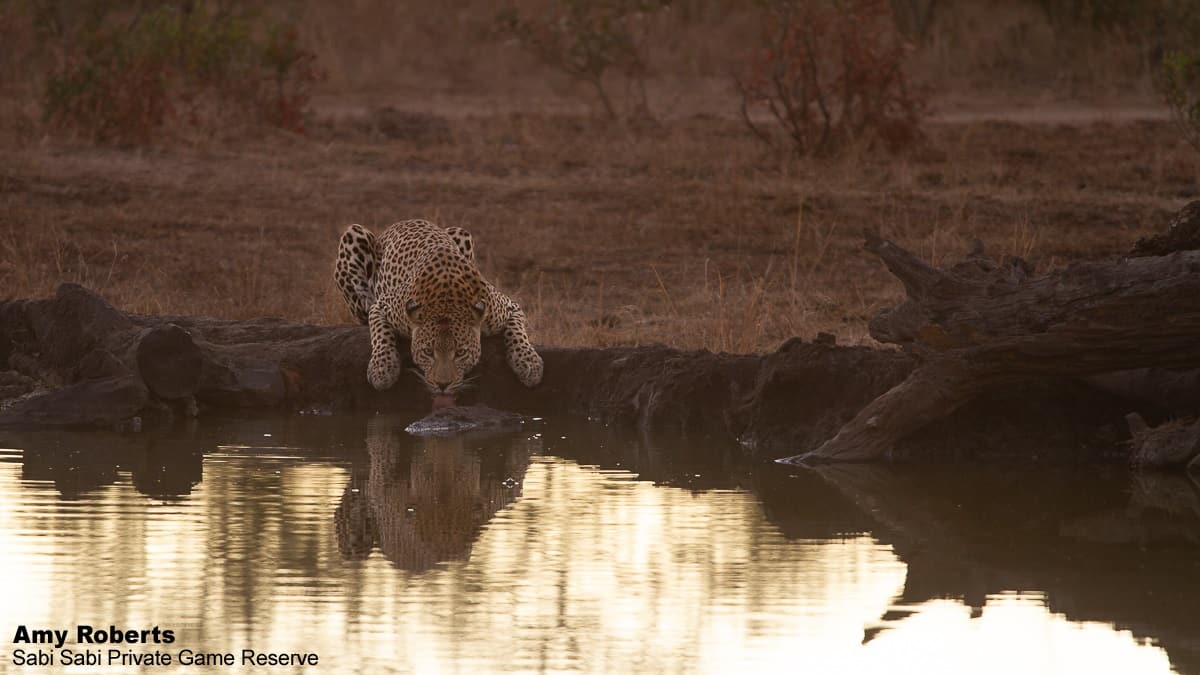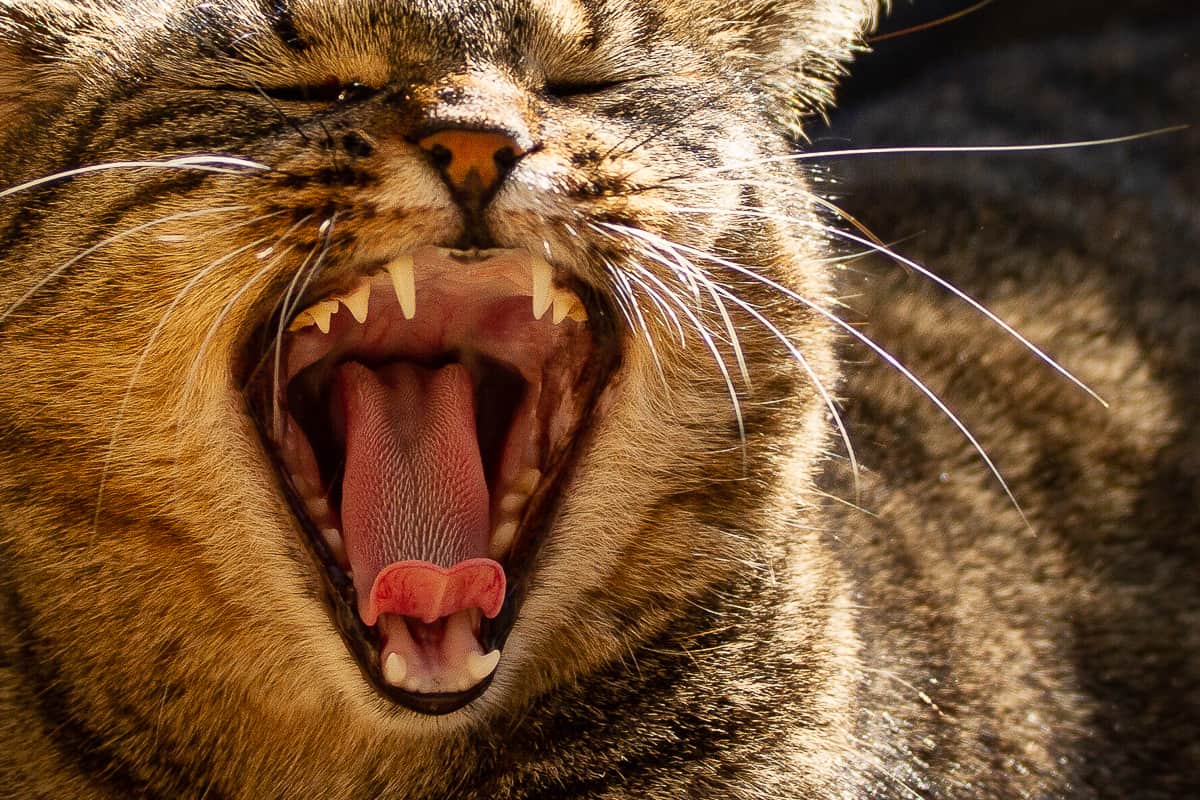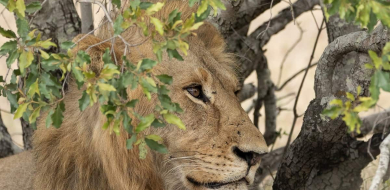How do cats drink
on Aug 24, 2020If anyone reading this has or has ever had a cat, then the sand-paper texture of their tongue is something you would be familiar with. This texture is due to the surface of the tongue being covered with fine backward-facing barbs. These barbs are important for many aspects of the feline life, including grooming, feeding and drinking.
Being ambush predators, felines need to ensure their hygiene is always up to scratch, excuse the pun, because if they had an overpowering odour of rotting meat and blood embedded in their fur, then they would have a hard time sneaking up on prey, who rely on a keen sense of smell to stay aware of their surroundings. When feeding, these rough tongues assist not only with clearing unwanted fur from their meals, but also ensure that every last morsel can be removed from the bones, because waste is not an option when you do not know when your next meal will be. So already it can be agreed that the tongue plays an important role, but what about drinking water?

When dogs drink, their tongues are moulded into a 'ladle' shape, being dipped into the water and essentially scooping water into the mouth. Cats on the other hand put physics to work, by extending their tongues almost straight into the water, with the tip curling backwards. The tongue surface makes contact with the water, and a small quantity of liquid adheres to it. Here the barbs on the tongue may play a role in increasing the surface area of the tongue, thereby increasing the area available for the water to adhere to. As the tongue is quickly retracted back to the mouth, a column of water is formed between the tongue and the water source, just as water would "stick" to your hand if you were to hit the surface of a pool and rapidly pull your hand upwards.

This is where perfect timing comes in, as the cat needs to quickly close its mouth around the water column before gravity pulls the water back down. This delicate balance between gravity acting on the water and the inertia of the water itself has been perfected by felines, large and small. A team of researchers from Massachusetts Institute of Technology (MIT), led by Roman Stocker, have found that the size of the tongue affects the timing required to find the perfect balance, so lion and leopard would lap at a slower rate (2 laps per second) than your household companions would need to (4 laps per second).
So next time we post a video of a leopard drinking water or you see your cat at the bowl, take a moment to appreciate the science that goes into the process, because there is more to it than meets the eye... Although my Maine Coon cat used to stick her paw in her bowl and lick the water from her sodden fur, but maybe physics was not her strong suit.







